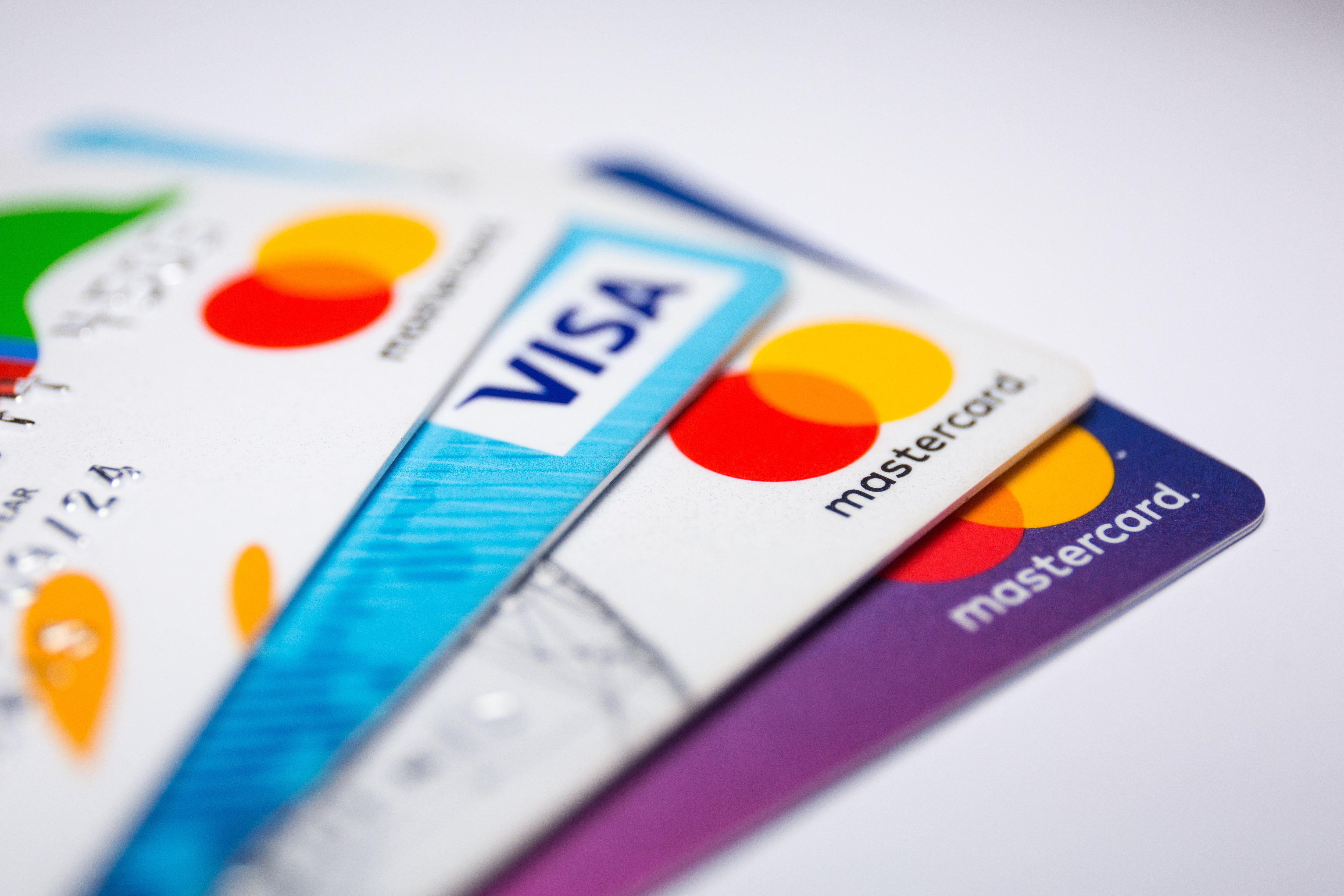Your credit score could be negatively impacted by these mistakes.
Over 700 million income and employment records are managed by Equifax.

What is the difference between 550 and 780? They are 230 digits apart and represent poor and good credit scores, respectively.
Enter to win a pair of $329 Ray-Ban Meta smart glasses without making a purchase.
Regularly checking your credit report is crucial to avoid small mistakes that can harm your credit score. I'll share some common credit report errors and how to rectify them.
Step 1: Get your free credit report
You can obtain a free credit report annually from the three credit reporting agencies (TransUnion, Experian, and Equifax) as required by law. There are different methods to request a copy from each agency.
The quickest way to submit a request is online, and you can expect a response within two weeks if you submit it via phone or mail.
- Online: www.AnnualCreditReport.com
- Phone: 877-FACTACT (877-322-8228)
- Complete the Annual Credit Report Request Form and send it to the Annual Credit Report Request Service at P.O. Box 105281, Atlanta, GA 30348-5281.
Don't forget to obtain your report from Innovis, the fourth credit bureau, in addition to the other three.

Step 2: Look for the most common mistakes
Small errors in your personal information, such as misspelled names or incorrect addresses, can cause confusion with someone else's credit history.
Unknown accounts: Don't ignore accounts that you don't recognize, such as credit cards you didn't apply for, loans in your name or purchases you didn't make.
A credit report should not display a debt more than once. This includes instances where the same collection account is shown twice, transferred debts are listed as separate accounts, or paid-off debts remain on the report.
Sometimes, payments can be mistakenly recorded as late or closed accounts may still appear as active. Additionally, reports may incorrectly display your credit limit or disrupt your payment history.
Credit reports should not display bankruptcies older than 10 years, late payments older than seven years, and outdated collections accounts.
Step 3: Report anything strange
If you notice any errors on your credit report, remain calm and file a dispute with the credit reporting company through mail, phone, or online.
If you're filing a dispute online or by mail, make sure to include a detailed explanation of the issue and provide supporting documents to prove your claim. Include your contact information, credit report confirmation numbers, and a copy of your credit report.
- Equifax: Here online or call 866-349-5191
- Experian: Here online or call 888-397-3742
- TransUnion: Here online or call 800-916-8800
- Innovis: Here online or call 800-540-2505

The bureau must investigate your disputes within 30 days and provide a resolution in writing. If your dispute is valid, the bureau must fix it and inform other bureaus.
These problems often stem from human mistakes, which are inevitable. However, don't let them deter you from taking control.
Related: How to run a 5-minute privacy check on your phone
While you’re at it, find your job number
Equifax maintains a database of 716 million income and employment records, known as The Work Number, which employers utilize to verify your identity.
Your EDR contains information about your work history, including the companies you've worked for, the dates you were employed, and your past salary details.
If you're seeking employment, be cautious as an employer may use your EDR to determine your past salary range and potentially lowball you during negotiations. Additionally, Equifax can sell your EDR to anyone interested in purchasing it, including debt collectors.
It's not just scams that pose a threat to your bank information.
How to stop it
You can freeze your EDR like a credit report and view who has attempted to access it in the past two years by creating an account with The Work Number.
- Look up your previous employer(s) by their name or employer code, which is a nine-digit number found on your W-2 form.
- Click their name, followed by Register Now. Be prepared to provide your Social Security number.
Ensure the accuracy of your report by reviewing it and submitting a data dispute form if necessary after registration.

To freeze your data, fill out the Data Freeze Placement Form and submit it. The Work Number will send you a freeze confirmation letter along with a PIN, which you should save in your password manager for future use.
You can unfreeze your report by logging into The Work Number or calling them.
If you can't find your employer, they may not be registered with The Work Number. To confirm, call the freeze helpline at 1-800-367-2884.
If you're not actively seeking a loan, government benefits, or employment, and no employer has requested your EDR, it's wise to freeze it. If an employer demands access to your EDR for hiring purposes, it may not be the right fit for you.
Get tech-smarter on your schedule
Award-winning host Kim Komando is your secret weapon for navigating tech.
- Across the US, there are over 500 radio stations airing National Radio. You can find your local station or listen to the free podcast.
- Daily newsletter: Join 600,000 people who read the Current (free!)
- Watch: On Kim’s YouTube channel
- Podcast: "Kim Komando Today" - Listen wherever you get podcasts
Copyright 2025, WestStar Multimedia Entertainment. All rights reserved.
tech

15 things to do or try first when you get a new iPhone: 1. Set up your phone with your personal information and preferences. 2. Install your favorite apps and games. 3. Connect your phone to your Wi-Fi network and other devices. 4. Take a few photos and test out the camera. 5. Set up your email and other accounts. 6. Enable security features like Touch ID or Face ID. 7. Customize your phone's settings and appearance. 8. Explore the built-in features and apps on your phone. 9. Connect with friends and family on social media. 10. Set up reminders and alarms. 11. Use the phone's built-in voice assistant. 12. Download and install new apps from the App Store. 13. Set up your phone's screen time and parental controls. 14. Enable automatic updates for your apps and software. 15. Back up your important data to cloud storage or an external hard drive.
techYou might also like
- Five top home inventory apps to safeguard your property during an emergency
- Your smart home gadgets will soon receive a new security seal of approval.
- This year, save time, privacy, and money with these 10 tech upgrades.
- Is your Windows 11 PC frequently restarting? Let's resolve this annoying issue.
- Sony's entry into the electric vehicle market is a surprising move.


















